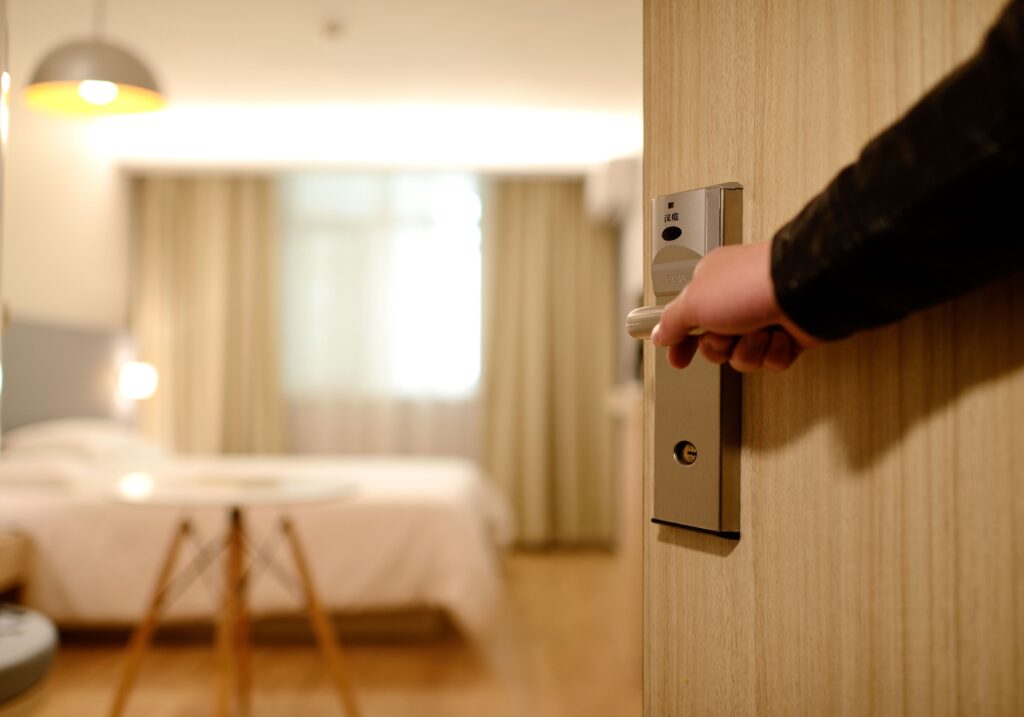The Pitfalls of Pursuing 100% Occupancy in Hotels During Low Season

In the dynamic world of hotel management, the pursuit of 100% occupancy seems like the holy grail. However, this relentless drive to fill every room, irrespective of pricing, can prove detrimental, especially during low seasons. This post explores the manifold reasons why perpetually aiming for full occupancy is a flawed strategy in such circumstances, taking into account its ramifications on average booking value, conversion rates, and overall reputation.
- Dilution of Average Booking Value
One of the most palpable downsides of selling rooms at any price during low seasons is the erosion of average booking value. When hotels resort to heavy discounts or drastically reduced rates just to fill rooms, they undermine the value of their offerings. This not only leads to a lower ADR (Average Daily Rate) but also perpetuates a perception that the property is not worth its regular prices. Guests who have previously paid more for the same experience may feel cheated, affecting their loyalty and the hotel’s long-term profitability.
- Negative Impact on Revenue Management
Hotel revenue management involves meticulously pricing rooms to maximize revenue. Throwing rate integrity out the window during low seasons disrupts this crucial aspect of hotel operations. When rooms are sold at rock-bottom prices, it becomes challenging to rebound during high seasons or special events. The loss in revenue during low seasons cannot be fully compensated for by higher rates at other times, leading to an overall drop in profitability.
- Conversion Rate Deterioration
While it may seem counterintuitive, always pushing for full occupancy can actually harm conversion rates. When potential guests perceive exceedingly low rates, they may question the quality of the hotel or suspect hidden fees, leading to a hesitancy to book. Moreover, if a hotel’s rates are consistently low during low seasons, there is no room for them to offer enticing last-minute deals, which can significantly boost conversion rates and revenue.
- Reputation Damage
A hotel’s reputation is a fragile asset that takes years to build but can be tarnished in an instant. When a hotel undervalues its rooms by offering them at fire-sale prices, it risks attracting guests who may not align with its target market. These guests may have different expectations and, if dissatisfied, can leave negative reviews or damage the hotel’s image through word-of-mouth. Such damage to reputation can be difficult to repair and may have lasting consequences.
- Devaluation of Brand Image
A hotel’s brand is more than just its logo; it’s the perception guests have of it. Consistently filling rooms at any cost sends a message that the hotel is desperate for business, compromising the brand’s image. Luxury hotels, for instance, should be particularly cautious about this, as it can dilute their brand’s exclusivity and prestige.
- Underinvestment in Property and Services
A relentless focus on full occupancy during low seasons can lead to underinvestment in essential aspects of the hotel, such as maintenance, staff training, or upgrades. When resources are consistently stretched thin, the quality of the guest experience may deteriorate, further eroding the hotel’s long-term competitiveness.
Conclusion
In conclusion, the pursuit of 100% hotel occupancy during low seasons, regardless of pricing, is a shortsighted strategy that can have far-reaching negative consequences. From a reduction in average booking value to damage to reputation and brand image, hotels should carefully consider the long-term implications of such an approach. Instead, a more balanced and strategic approach to revenue management, including targeted marketing and pricing strategies, can help hotels weather the low season while maintaining their overall integrity and profitability. Ultimately, the goal should be to create a sustainable and thriving business, not just to fill rooms at any cost.


